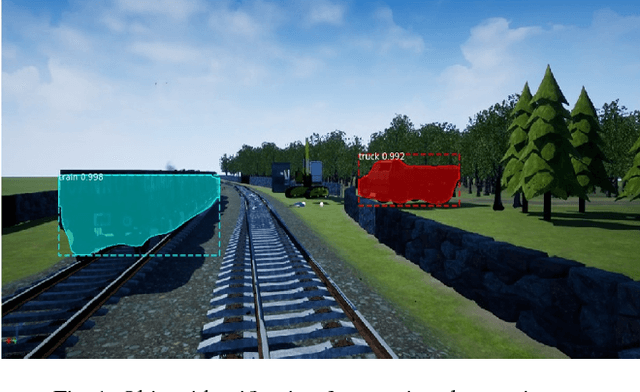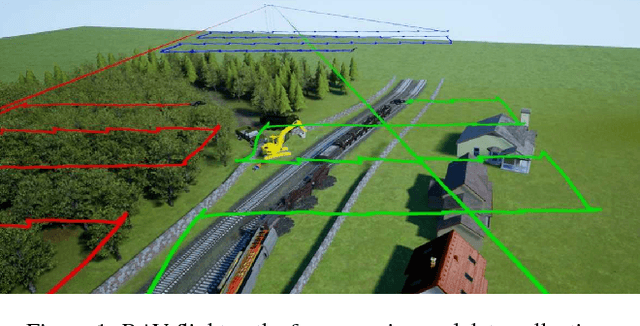Nazli B. Karimi
A Virtual Testbed for Critical Incident Investigation with Autonomous Remote Aerial Vehicle Surveying, Artificial Intelligence, and Decision Support
Jan 25, 2019
Abstract:Autonomous robotics and artificial intelligence techniques can be used to support human personnel in the event of critical incidents. These incidents can pose great danger to human life. Some examples of such assistance include: multi-robot surveying of the scene; collection of sensor data and scene imagery, real-time risk assessment and analysis; object identification and anomaly detection; and retrieval of relevant supporting documentation such as standard operating procedures (SOPs). These incidents, although often rare, can involve chemical, biological, radiological/nuclear or explosive (CBRNE) substances and can be of high consequence. Real-world training and deployment of these systems can be costly and sometimes not feasible. For this reason, we have developed a realistic 3D model of a CBRNE scenario to act as a testbed for an initial set of assisting AI tools that we have developed.
* arXiv admin note: substantial text overlap with arXiv:1806.04497
A Virtual Environment with Multi-Robot Navigation, Analytics, and Decision Support for Critical Incident Investigation
Jun 12, 2018
Abstract:Accidents and attacks that involve chemical, biological, radiological/nuclear or explosive (CBRNE) substances are rare, but can be of high consequence. Since the investigation of such events is not anybody's routine work, a range of AI techniques can reduce investigators' cognitive load and support decision-making, including: planning the assessment of the scene; ongoing evaluation and updating of risks; control of autonomous vehicles for collecting images and sensor data; reviewing images/videos for items of interest; identification of anomalies; and retrieval of relevant documentation. Because of the rare and high-risk nature of these events, realistic simulations can support the development and evaluation of AI-based tools. We have developed realistic models of CBRNE scenarios and implemented an initial set of tools.
 Add to Chrome
Add to Chrome Add to Firefox
Add to Firefox Add to Edge
Add to Edge